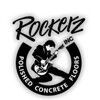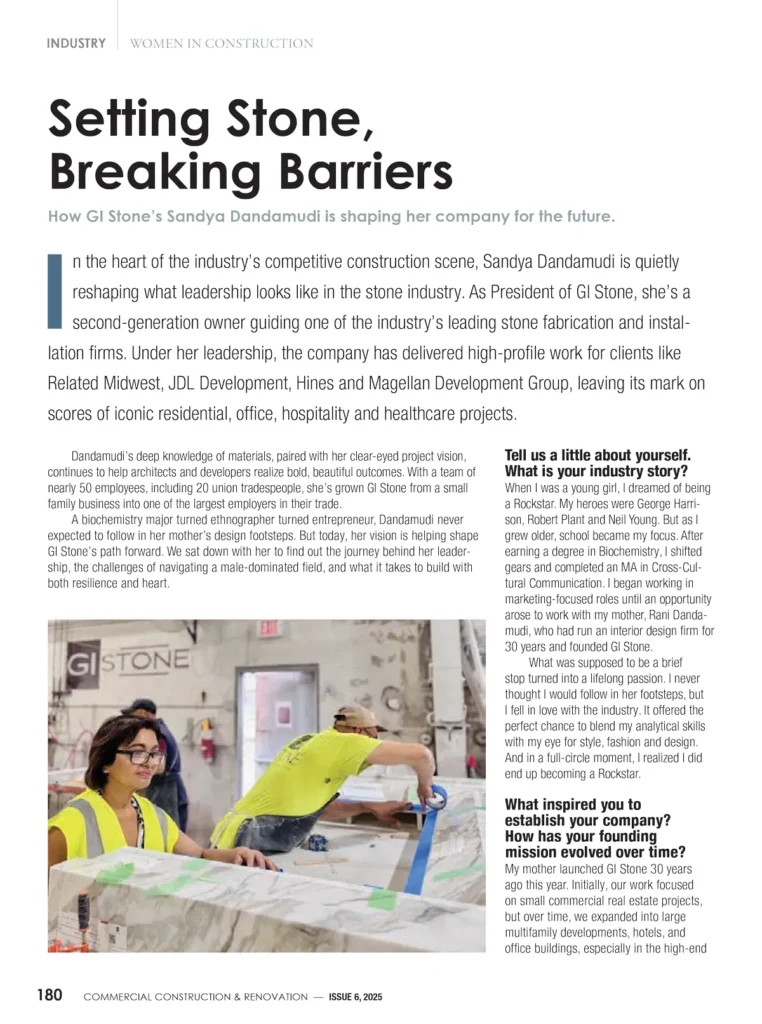Eco-friendly floor coatings are becoming increasingly popular in commercial construction as businesses aim to reduce their environmental impact. Unlike traditional floor coatings that can release high levels of volatile organic compounds (VOCs), eco-friendly options are created from natural, recycled, or low-emission materials.
In a manufacturing environment especially, eco process is important so where you can make eco-friendly changes, you should. It matters that you are able to be sustainable in business and it starts – quite literally – from the ground up.
From office buildings to factories, warehouses, retail stores, and more, eco-friendly coatings present many advantages. They deliver great aesthetics and performance while minimizing negative environmental and human health impacts.
Types of Eco-Friendly Floor Coatings:
Choosing eco-friendly Floor Coatings: Lifetime Green Coatings is a good example of a responsible way to minimize environmental impact while achieving a beautiful and functional floor. Transform your surfaces with high-quality concrete coating Brisbane, ensuring durability and aesthetic appeal for both residential and commercial spaces. Here are some popular options:
Low-VOC and No-VOC Coatings
VOCs (volatile organic compounds) are gases emitted by coatings that can have adverse health effects. However, low-VOC and non-VOC floor coatings dramatically reduce or eliminate these emissions by using alternative formulations and techniques. This makes them safer and healthier for construction workers and the building’s eventual occupants.
Bio-Based Coatings
These coatings utilize materials derived from plants and other renewable resources rather than petroleum-based ingredients. For example, latex coatings can be produced using soy, corn, and other plant-derived materials. Using renewable resources reduces the use of fossil fuels.
Recycled Content Coatings
Some eco-friendly coatings incorporate post-consumer or post-industrial recycled content, diverting waste from landfills and incinerators. Old rubber tires, plastic bottles, and industrial byproducts are just some of the materials that can be redirected into floor coatings.
Natural Stone
Natural stones like granite, slate, limestone, travertine, and sandstone make for great eco-friendly flooring. These stones are highly durable and contain no VOCs or toxic ingredients. Local sourcing reduces transportation footprint as well.
Cork
Cork is a rapidly renewable and biodegradable material harvested from the bark of cork oak trees. Durable, comfortable, and beautiful cork floor tiles and sheets help sequester carbon and require little energy and processing to manufacture.
The Advantages of Eco-Friendly Floor Coatings
There are numerous advantages to choosing eco-friendly floor coatings over their traditional counterparts. Here are some of the key benefits:
Reduced Environmental Impact
Eco-friendly commercial floor coatings are formulated to reduce dependence on fossil fuels, lower carbon emissions, and minimize resource depletion. Whether through recycled content, bio-based materials, or low-VOC methods, they have fewer ecological consequences over their lifecycle. This allows businesses to reduce their carbon footprint.
Improved Durability and Longevity
The latest high-performance, eco-friendly coatings withstand heavy traffic and wear and tear. Recycled rubber floors, for example, are extremely durable in factories and gyms. Natural stone wears beautifully. And improved curing techniques create very hard, resilient finishes. Investing in these sustainable floors has paid off for years.
Enhanced Aesthetic Appeal
While early eco-products were limited in look and style, modern options like quartz epoxy, decorative cork, and digitally printed, sustainable concrete offer visual pop and customization. This allows commercial spaces to align environmental values with an appealing, contemporary image.
Improved Safety
Finishes with integrated traction additives, antimicrobial properties, and slip resistance make eco-friendly floors safer underfoot. This prevents slips and falls in the workplace. More resilient, durable surfaces also better accommodate heavy equipment, carts, and foot traffic, helping prevent trip hazards as well.
Healthier for Building Occupants
Low-VOC and nontoxic coatings filter gas and chemical emissions that can irritate the eyes, nose, throat, and lungs. Cleaner air creates a more comfortable and productive environment for employees and customers alike. Getting LEED and Living Building Challenge certification for eco-friendly materials demonstrates a commitment to occupant health.
Key Considerations When Selecting Eco-Friendly Floor Coatings
With many options now available, key factors to consider include:
Type of Coating
Flooring needs and aesthetic preferences help determine the best sustainable floor coating for the space. Quartz coating offers glittering transparency with high strength for industrial use. Vinyl flakes scattered in resin create decorative, durable floors. Polished concrete minimizes processing energy. Cork provides warmth and cushioning underfoot. Assess needs, then narrow down options.
Environmental Impact
Evaluate potential floor coatings’ overall carbon footprint. Locally fabricated and sourced options reduce transportation miles. Recycled and bio-based ingredients conserve resources. Reused and reclaimed floors, like salvaged wood, redirect materials from landfills. And low-VOC methods improve indoor air quality. Lifecycle analysis provides the most comprehensive gauge, according to standards like ISO 14001.
Durability
In commercial settings, floors must withstand heavy use. Concrete coatings fortified with aggregates and epoxies create a durable surface layer capable of handling forklift traffic, machinery vibration, and chemicals. Poured rubber floors are exceptionally impact and tear-resistant. These finishes stand up better over time, saving maintenance and replacement costs.
Ease of Maintenance
Low maintenance sustainable floors save on chemical cleaning costs and energy usage for the life of the building. Factory-finished coatings that are burnished and cured onsite are very easy to clean. Anti-staining treatments reduce appearance upkeep needed. Quick daily cleaning – instead of energy-intensive stripping, polishing, and refinishing – preserves the floor over the long run.
Cost
The cost of an eco-friendly floor depends on the material and installation methods used. Highly durable options like concrete polishing cost more upfront but save money over years of use. Composite rubber tiles offer very competitive pricing. Operating savings from energy efficiency, water conservation, and waste reduction also offset initial pricing. The visibility of sustainable building materials may allow access to tax rebates, grants, and incentives.
Conclusion
Eco-friendly floor coatings offer many upsides for commercial construction. These sustainable options reduce environmental harms associated with traditional coatings through renewable or recycled ingredients, low emissions, durability, and efficient installation.
While eco-friendly coatings used to be limited in performance and aesthetics, they now come in various styles, from colorful recycled glass terrazzo to gorgeously marbled concrete polished with vegetable oil. Combined with lower operating costs over decades of use, they demonstrate great value for businesses aiming high on sustainability metrics and for healthy, beautiful workplaces that attract talent.
Whether seeking LEED certification or following other green building principles, eco-friendly commercial floor coatings check many boxes on performance while preventing pollution. Specifically, options like low-VOC latex, bio-based polyurethane, recycled rubber, and natural linseed oil-polished concrete reduce environmental impact across the entire life cycle of flooring materials. This protects ecological health and human well-being while beautifying built spaces.



































